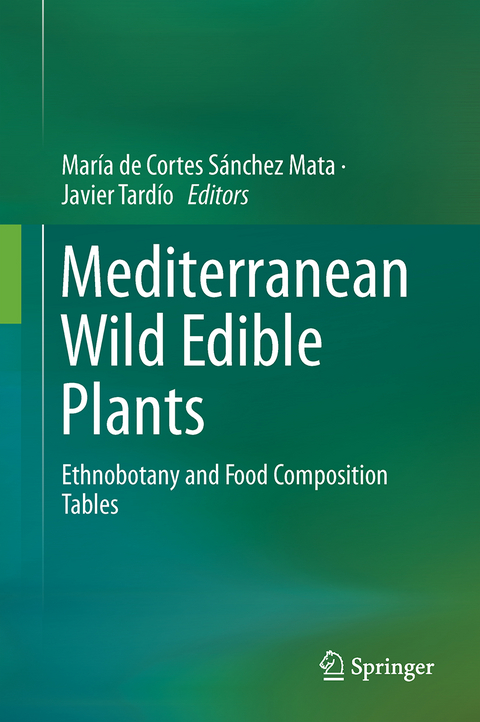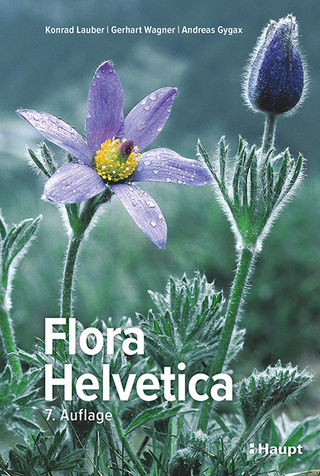
Mediterranean Wild Edible Plants
Springer-Verlag New York Inc.
978-1-4939-3327-3 (ISBN)
Dr. María de Cortes Sánchez-Mata, PhD in Pharmacy, is currently a professor in Food Science at the Faculty of Pharmacy, Complutense University of Madrid, Spain. She has performed a continuous research on the analysis of nutrients, antinutrients and bioactive compounds in plant foods, with the focus on human health promotion. Dr. Javier Tardío, PhD in Agricultural Engineering, is currently a researcher at IMIDRA (Madrid Institute for Rural Development, Agriculture and Food Research), in Madrid, Spain. He has maintained an active research on different aspects of Ethnobotany, especially on Mediterranean wild edible plants.
Preface.- A Historical Perspective of Wild Plant Foods in the Mediterranean Area.- The Mediterranean Landscape and Wild Edible Plants.- Nutritional Ethnnobotany in Europe: From Emergency Foods to Healthy Folk Cuisines and Contemporary Foraging Trends.- Ethnobotanical Analysis of Wild Fruits and Vegetables Traditionally Consumed in Spain.- Natural Production and Cultivation of Mediterranean Wild Edibles.- The Contribution of Wild Plants to Dietary Intakes of Micronutrients (I): Vitamins.- The Contribution of Wild Plants to Dietary Intakes of Micronutrients (II): Mineral Elements.- Fatty Acid Profiles of Mediterranean Wild Edible Plants.- Wild Edible Plants As Sources of Carotenoids, Fibre, Phenolics and Other Non-nutrient Bioactive Compounds.- Antioxidant Potential of Wild Plant Foods.- Antimicrobial Potential of Wild Edible Herbaceous Species.- Recent Advances in Research on Wild Food Plants and Their Biological-Pharmacological Activity.- Ethnobotanical and Food Composition Monographs of Selected Mediterranean Wild Edible Plants.
| Erscheinungsdatum | 15.12.2015 |
|---|---|
| Zusatzinfo | 71 Illustrations, black and white; XII, 478 p. 71 illus. |
| Verlagsort | New York |
| Sprache | englisch |
| Maße | 155 x 235 mm |
| Themenwelt | Naturwissenschaften ► Biologie ► Botanik |
| Naturwissenschaften ► Biologie ► Ökologie / Naturschutz | |
| Technik ► Lebensmitteltechnologie | |
| Schlagworte | ethnobotany • Mediterranean • nutrient database • pharmacology • Wild edible plants |
| ISBN-10 | 1-4939-3327-2 / 1493933272 |
| ISBN-13 | 978-1-4939-3327-3 / 9781493933273 |
| Zustand | Neuware |
| Haben Sie eine Frage zum Produkt? |
aus dem Bereich


